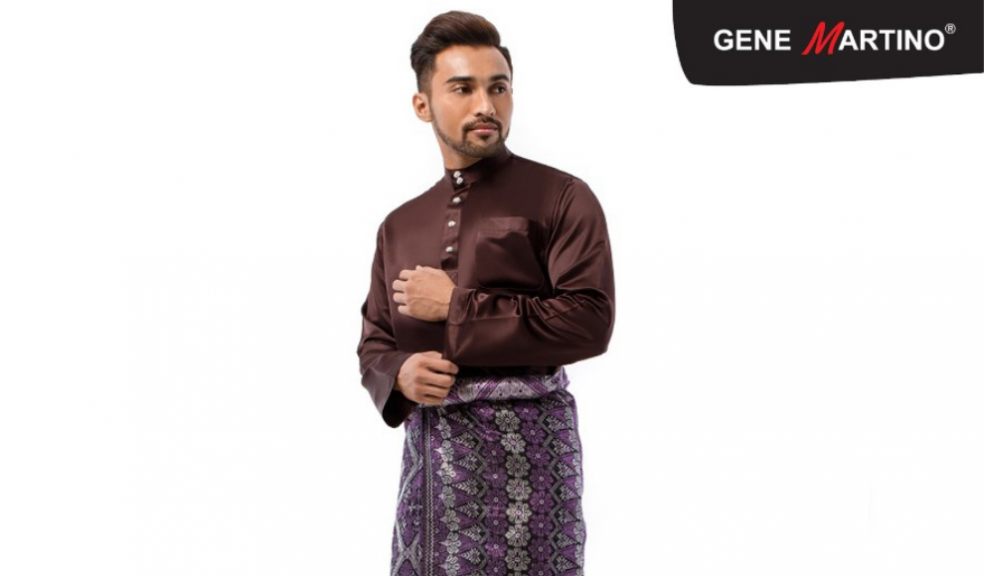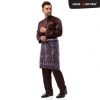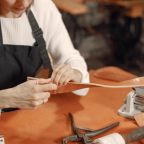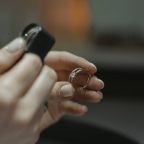
Baju Melayu Modern: The beauty of modern attire
Baju melayu has gone through a different kind of evolution over the years. In this article, we discuss the fashion of Malay men, which is getting more interesting every year. We will elaborate on the evolution of the baju melayu modern and its elements.
In essence, the baju melayu has few important elements including the headwears; Songkok / Semutar, buttons, and sampin. All of these elements have influences from external cultures that are adapted to the Malay culture in Malaysia.
1. The headgear
The top headgear that is worn together with baju melayu modern is songkok. The usage of the songkok is believed to have originated from the influence of the Uthmaniyah Turki Empire. The use of the baldu fabric which was rather a trend during the early years was contrary to semutar fabrics. Semutar, which was also one of the famous headgear to cover the men’s head, used cotton cloth instead.
The influence of donning the songkok could be seen in the old pictures of the sultan and the king of Malay who originally took this fashion as an accessory to cover their heads. Some opinions highlighted that the use of songkok in the 1930s was a symbol of modernization and the independence movement that was popular at that time. Besides, the songkok fashion was a lot easier to cultivate in the Muslim community
2. The buttons and other accessories
The baju melayu modern comes with different accessories that resemble the Islamic elements. The elements are as follows
- The use of 5 buttons symbolizes the Five Pillars of Islam
- The use of 1 button symbolizes one God
- The 3 front pockets represent - Islam, Iman, and Ihsan
- 6 panels of pesak symbolize the pillars of faith
Who would have thought that every element in Malay clothes had a specific purpose and symbolized how close Islam is to the daily life of the people?
On the other hand, the baju melayu modern pants also carry a different meaning. In the early days, the pants rarely used sap and didn’t follow the body shape of the wearer. However, in more recent times, the pants are tailored to follow a slim fit cut and stretched over the ankles to suit the shoes
3. Sampin
Similar to the old baju melayu design, the sampin clothes initially used cotton, but the influence of the aristocracy caused the common people to start adapting the use of songket weaving as the sampin to complement the baju melayu modern. The songket has replaced the sampin material as we rarely see men choose cotton clothes as sampin. The songket woven pattern that is more beautiful and looks more attractive when used during festivities, hari raya, or during official occasions.
The development of the baju melayu modern is still maintaining the traditional look and heritage of Malay clothing. The evolution is rather to adapt to the conditions of the time which made it easier and more suitable with the current fashion.














